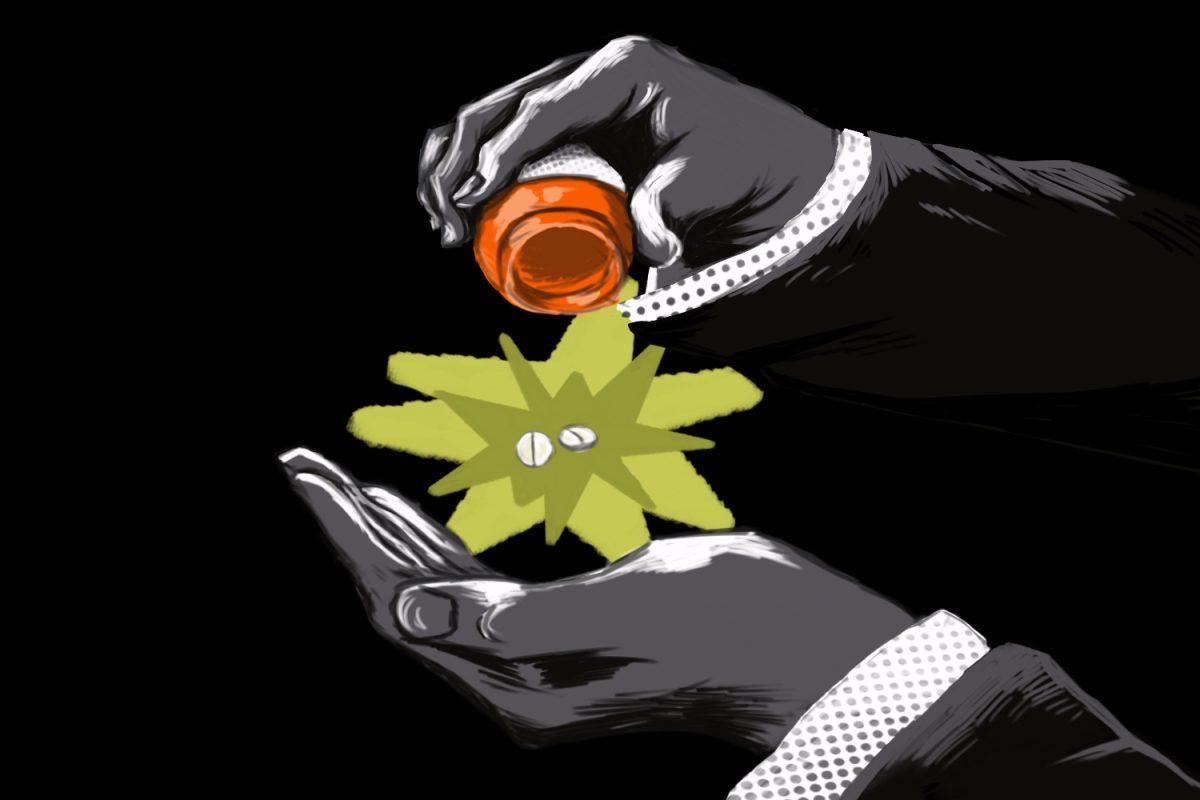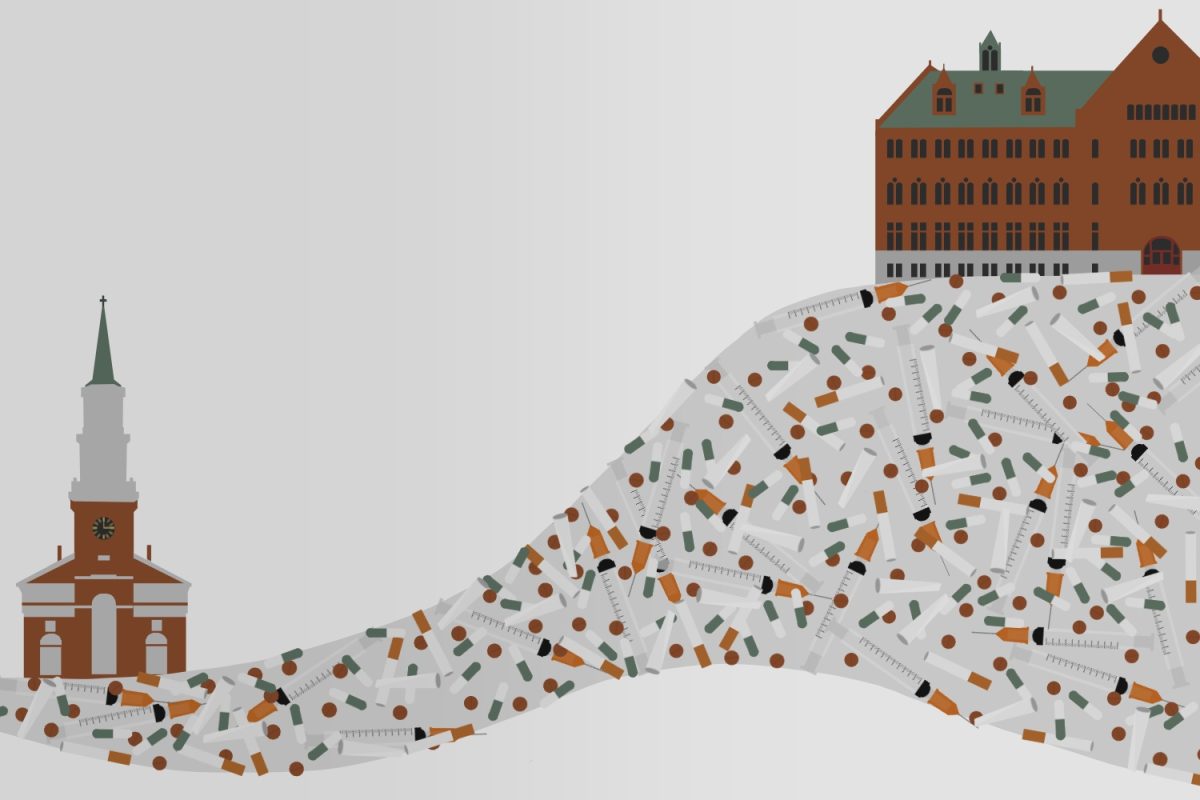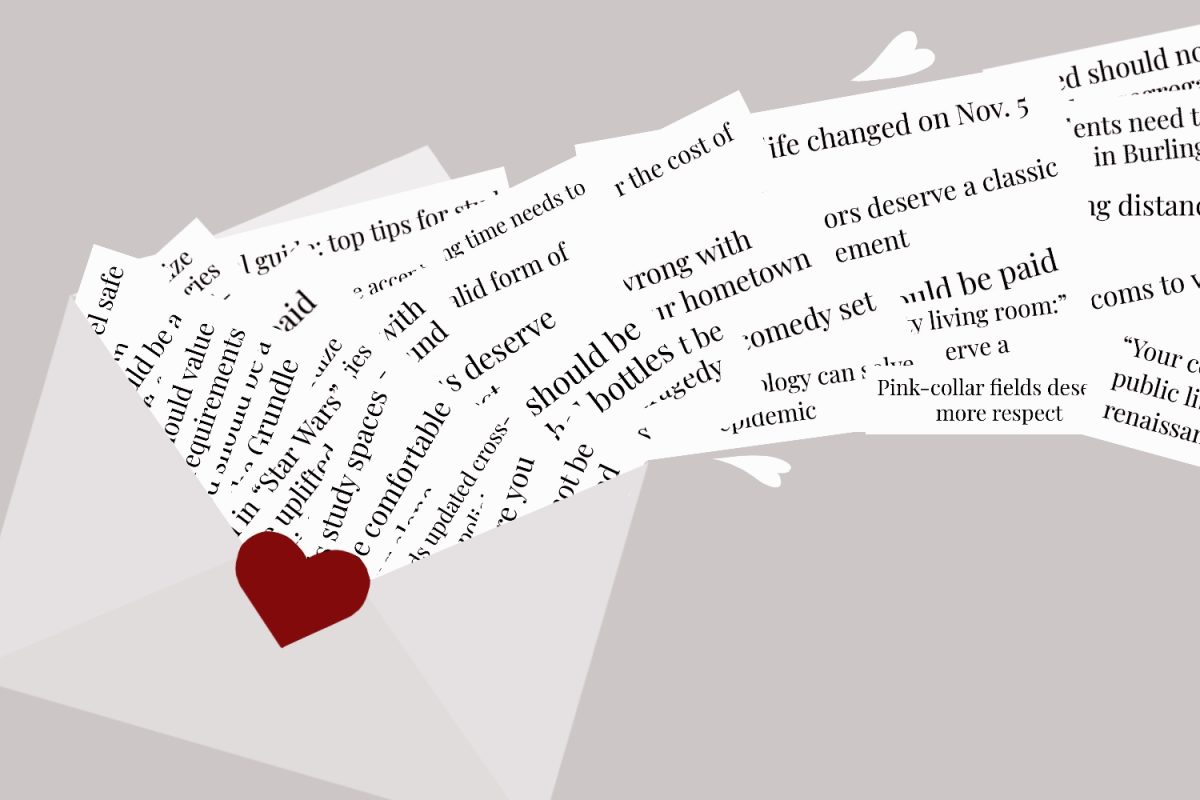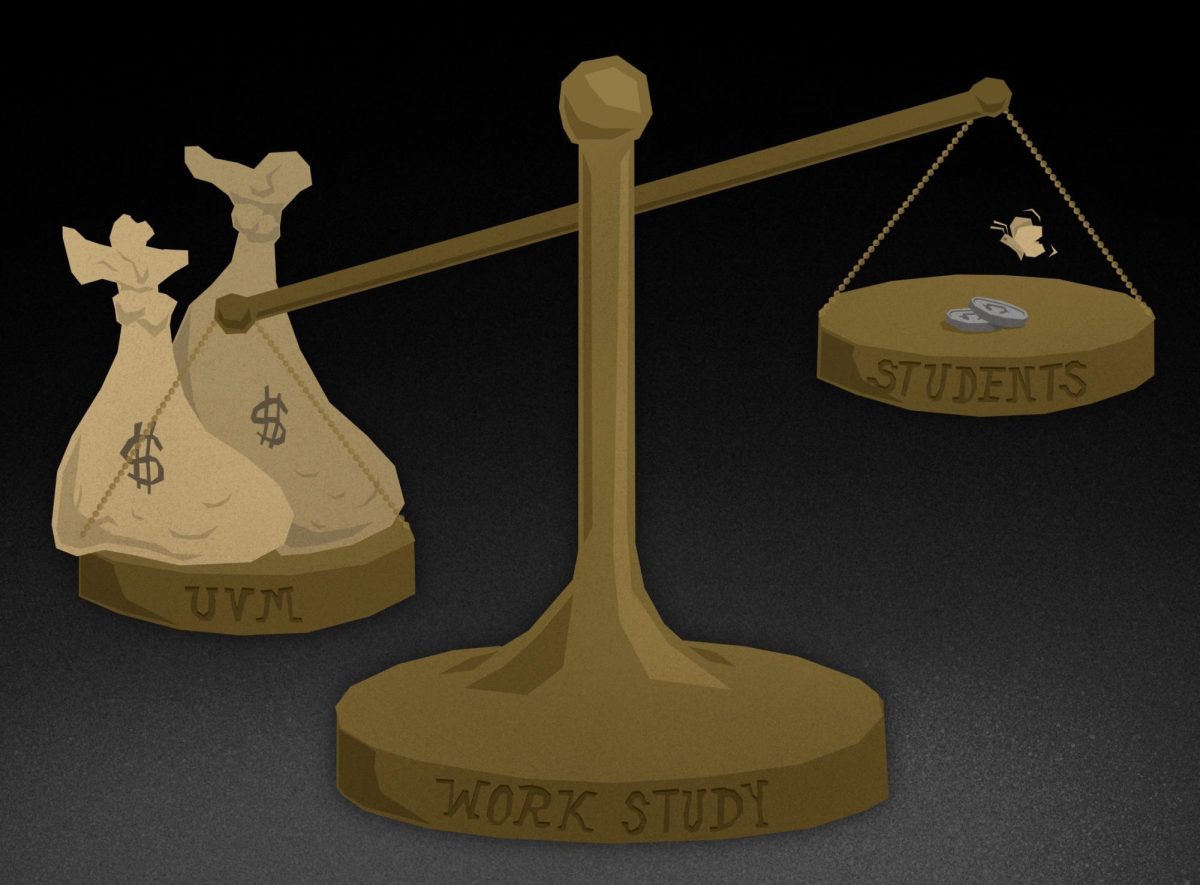The slogan “All Lives Matter,” at face value, claims to advocate for the equal value of lives; this turn of phrase has troubling connotations and seemingly ignores the problem that Black Lives Matter seeks to address.
To understand ALM we must first understand BLM, which is based on dismantling the systematic racism that has been prevalent in U.S. society for over 400 years.
The main issue that BLM focuses on is police brutality toward black people in response to the shooting deaths of unarmed black persons all around the U.S.
ALM, on the other hand, is based off the belief that BLM implies that the intrinsic worth of a black person is more than that of others, which is inherently misguided.
In the case of BLM, it is a one-issue movement, which is incredibly common. Their one issue is addressing the overwhelming amount of brutality from police officers that the black community is subjected to.
ALM asserts that the white community has had more shooting deaths from police officers. This is demonstrated by a former Baltimore police officer Peter Moskos, who wrote in a Washington Post article that “adjusted for the homicide rate, whites are 1.7 times more likely than blacks to die [at] the hands of police.” But with 12.2 percent of the U.S. population being black, and 63.7 percent being white, more black people are killed by police.
This assertion is backed up by a group that maps police violence, which states that black people consisted of 39 percent of those killed by police despite only being one-fifth of the population in those areas.
On top of this, half of the victims of unarmed deaths caused by police were black. The study also found that the “rates of violent crime in cities did not make it any more or less likely for police departments to kill people.”
They use the example of Buffalo, NY and Newark, NJ having high crime rates and low shooting deaths, while Spokane, WA and Bakersfield, VT exhibited the opposite results. On average, a black person is more likely to be shot by the police than a white person.
Some of you would rightly point out the fact that the black community has the highest rate of incarceration among all races, with 37 percent of the male prison population being made up of black people, while the white male population makes up 32 percent of prison population.
The discrepancy is monumental, and the reasons for the difference has much to do with where we look for crime. A 2016 Police Accountability Task Force reported that “black and Hispanic drivers were searched approximately four times as often as white drivers, yet [the Chicago Police Department’s] own data shows that contraband was found on white drivers twice as often as black and Hispanic drivers.”
There are higher penalties for substances more commonly found in lower-class black communities than in middle-class white ones, and a white offender is more likely to be acquitted or have more lenient sentences than someone who is black.
As Harvard professor Roland Fryer, Jr. argues, police officers are much more likely to use force on a black suspect than on a white suspect.
This argument has been subject to some criticism, but a study by the Center for Policing Equity found very similar results. These all support the unnecessary conditions black folks are subjected to in comparison to the treatment of whites.
The very idea of having a countermovement against a human rights organization is frankly absurd. All Lives Matter undermines Black Lives Matter’s core purpose, making it seem that white people dislike it when these movements undermine their belief that a system is fair. Using ALM’s logic, every group advocating for breast cancer research should have an “All Cancers Matter” countermovement. Until then, the group and its supporters are inherently racist.







